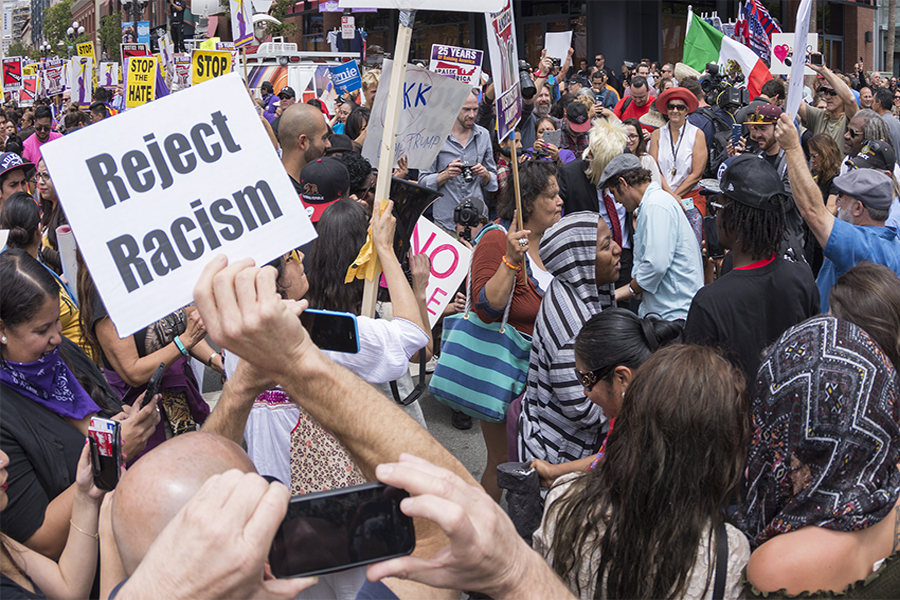
By Dr Giovanni Picker, Marie Skłodowska-Curie Senior Researcher
Department of Social Policy, Sociology and Criminology, University of Birmingham
Forced displaced populations, whether urban or global, are often racialised subjects viewed as less deserving
Understanding global inequalities is no easy task. While income, wealth and gender (i.e. sex at birth) are measurable data, race and ethnicity are much less so. Not only because around just 60 percent of countries in the world collect some form of ethnic data (which are hardly comparable across countries) but mainly because race and ethnicity are not reducible to self-identification.
Indeed, race is “the floating signifier”, as Stuart Hall famously put it, meaning an uneasily identifiable but very effective way of dividing society into more and less deserving populations. One of the reasons for the volatility of race is that it functions simultaneously and in relation with other ways of organising the world in hierarchies, such as gender, sexuality and class.
Perhaps there is nowhere that is race more identifiable than in cities. The urban built environment provides a relatively fixed and spatially limited medium for race to ‘take place’ – in neighbourhoods, blocks of flats, monuments, streets, squares and so on. Segregation and gentrification are perhaps the most immediate examples of this ‘taking place’. Both speak to race and place, but also extensively and increasingly of displacement (Sassen 2014).
The connection between forced displacement across national borders, including people forced to seek asylum abroad, and forced displacement in cities (for instance evictions) is typically a racial line. Forced displaced populations, whether urban or global, are often racialised subjects viewed as less deserving by global, national and local actors who have the power to impose conditions that cause displacement, such as war and real estate investment.
It is no coincidence that, in a time when the number of forced displaced people is at its highest since World War II (UNHCR 2016), one fourth of the world’s urban population (around 880 million people) lives in slums (UN-HABITAT 2016).
The connection between international and urban displacement – a connection that we can characterise as ‘racial displacements’ – may lead to better understanding a number of pressing global issues, which would definitely be worth debating during this Refugee Week:
- The way global capital operates, seeking profit in both (global) military and other industries and (urban) real estate investments, often leads to displacement in both cases.
- The role that five centuries of European empires’ colonial domination, racial exploitation and mass murders play in contemporary geopolitical imbalances. Indeed, 84% of refugees worldwide live in ‘developing countries’ a.k.a. primarily former colonies (UNHCR 2016).
- While global inequalities are importantly measured, we have no comparably advanced understanding of the mechanisms behind the reproduction of inequalities – race being one such mechanism. Therefore, looking at cities and urban forms of displacement may be one of the most viable ways for advancing our knowledge on dynamics of both urban and cross-national forced displacement.
- Finally, following Dr Rachel Humphris’ recent insightful analysis, cities may become places for resisting racial displacements and fostering anti-racism, equality and much needed struggles for liberation.
